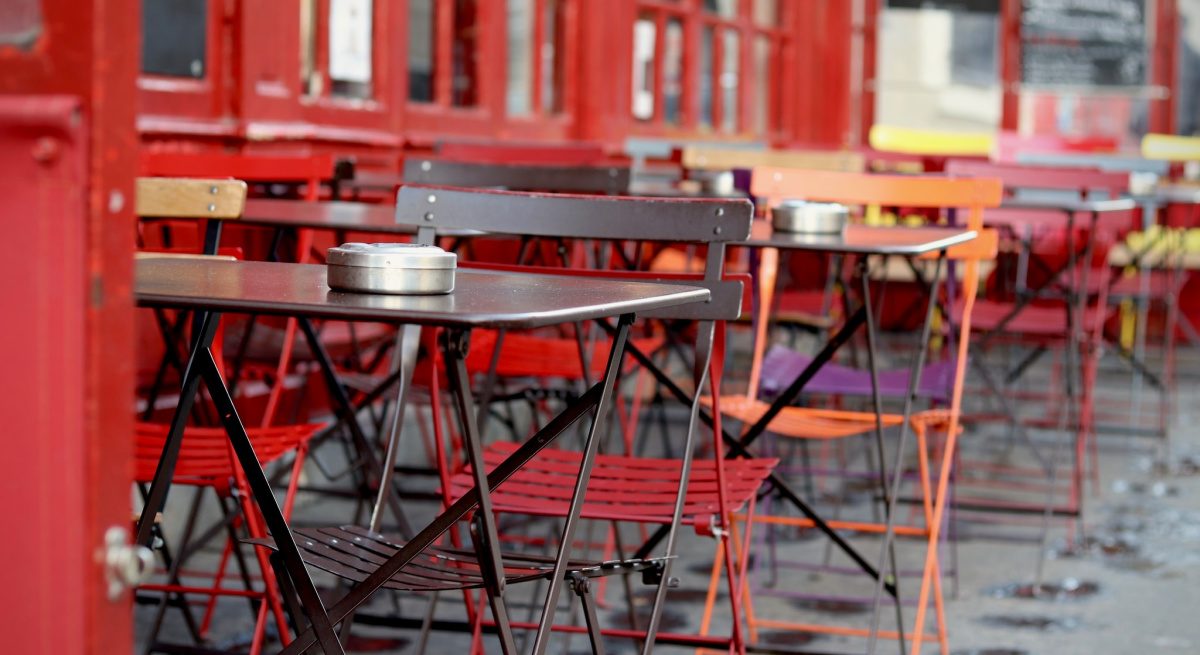11 Tips for Restaurants to Get Back to Business
4 Min Read By Francine Shaw, Kari Hensien
Restaurants nationwide have been hit hard by the COVID-19 pandemic. As restaurants slowly begin reopening, things remain far from “business as usual.” The COVID-19 pandemic has changed the way businesses operate, and the restaurant industry is now learning to navigate this “new normal.”
Restaurants must elevate safety and cleanliness protocols, train employees about new processes and policies, track compliance, and implement immediate corrective actions, as needed. This, of course, is in addition to the other important safety protocols that restaurants must follow (cooking foods to proper temperatures, avoiding cross contamination, accommodating food allergies, etc.)
In your efforts to “get back to business” in our new post-COVID world, use these tips to keep employees and guests safe and healthy:
Enhance Cleaning and Disinfecting EffortsFood safety sanitation procedures are more important than ever to combat the novel coronavirus. Your entire facility — especially…
Sorry, You've Reached Your Article Limit.
Register for free with our site to get unlimited articles.
Already registered? Sign in!



